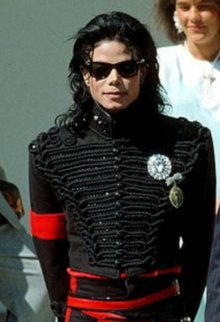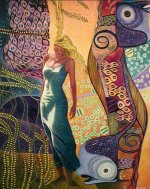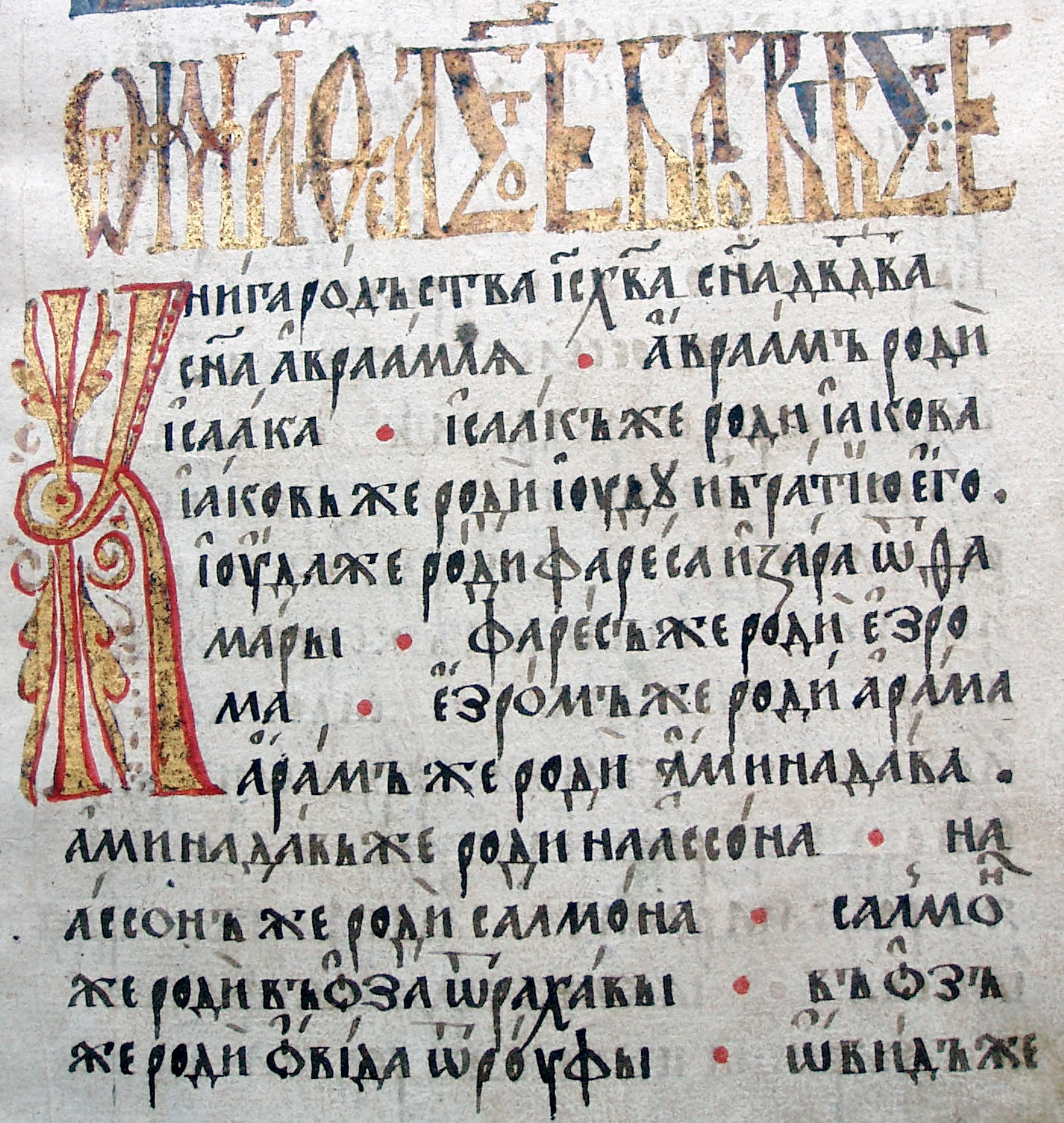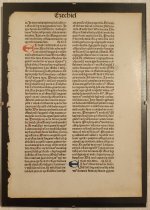Install the app
How to install the app on iOS
Follow along with the video below to see how to install our site as a web app on your home screen.
Note: This feature may not be available in some browsers.
Latest on MJJC
You are using an out of date browser. It may not display this or other websites correctly.
You should upgrade or use an alternative browser.
You should upgrade or use an alternative browser.
The Last Person to Post in This Thread Wins
- Thread starter Expressions of Passion
- Start date
Hey, @bluemoon7. I just watched Madicken (“Madita,” was it?)! The whole movie. Quite good, isn’t it? I’d say, it’s holding up.
I always feel sorry for that poor girl in Madicken’s class. “Luselina,” as they call her. You know, the one who steals the principal’s wallet.
I always feel sorry for that poor girl in Madicken’s class. “Luselina,” as they call her. You know, the one who steals the principal’s wallet.
zinniabooklover
Proud Member
- Joined
- Mar 3, 2022
- Messages
- 25,465
- Points
- 113
zinniabooklover
Proud Member
- Joined
- Mar 3, 2022
- Messages
- 25,465
- Points
- 113
zinniabooklover
Proud Member
- Joined
- Mar 3, 2022
- Messages
- 25,465
- Points
- 113
zinniabooklover
Proud Member
- Joined
- Mar 3, 2022
- Messages
- 25,465
- Points
- 113
zinniabooklover
Proud Member
- Joined
- Mar 3, 2022
- Messages
- 25,465
- Points
- 113
<so as not to ruin the mood, quietly abandons plan to post video clip of cold, snowy, blustery Britain>
hope
Guests
Wow, I can even read most of it
But I want to tell you about the big and beautiful letter "K".
It's Bukvitsa (initial) - a large, different first letter of a chapter, section, or whole book.
The art of book design began to develop actively in early Christian times, when texts appeared. Texts were considered divine, and therefore required special treatment. At the same time, the bookplate appeared as an obligatory part of book decoration.
Primers were lavishly decorated with colored plant ornaments and images of people or animals intertwined with geometric patterns. The symbolic language of ancient alphabets is very complex and in many ways has not yet been deciphered.
The secret meaning of the alphabet
Bukvitsa is a border point where everyday life is interrupted and another world emerges - the one the text tells us about. It is the point where the mystery of nature (plant ornament), the mystery of human feelings and passions (they are depicted by animals and people) and the mystery of the word (the mystery of the transformation of man and the world under the influence of the word) intersect.
In pre-press times, special artists were engaged in the design of letters, so in ancient books all the letters are unique.
But then the Bukvitsa began to disappear, as everything in the world is on the path of simplification and minimalism. But still in some books, you can still find alphabets and it's beautiful!
bluemoon7
Senior Fangirl 🌻
Here it´s rainy, and we have some bit of sun ... then it was suddenly warmer today ... headache weather<so as not to ruin the mood, quietly abandons plan to post video clip of cold, snowy, blustery Britain>
Snow at the end of March ... wow ... it must feel even colder than in winter, because it is supposed to be early spring
bluemoon7
Senior Fangirl 🌻
Wow, I can even read most of it
But I want to tell you about the big and beautiful letter "K".
It's Bukvitsa (initial) - a large, different first letter of a chapter, section, or whole book.
The art of book design began to develop actively in early Christian times, when texts appeared. Texts were considered divine, and therefore required special treatment. At the same time, the bookplate appeared as an obligatory part of book decoration.
Primers were lavishly decorated with colored plant ornaments and images of people or animals intertwined with geometric patterns. The symbolic language of ancient alphabets is very complex and in many ways has not yet been deciphered.
The secret meaning of the alphabet
Bukvitsa is a border point where everyday life is interrupted and another world emerges - the one the text tells us about. It is the point where the mystery of nature (plant ornament), the mystery of human feelings and passions (they are depicted by animals and people) and the mystery of the word (the mystery of the transformation of man and the world under the influence of the word) intersect.
In pre-press times, special artists were engaged in the design of letters, so in ancient books all the letters are unique.
But then the Bukvitsa began to disappear, as everything in the world is on the path of simplification and minimalism. But still in some books, you can still find alphabets and it's beautiful!
I love it! If I were born during these times, I would have been a nun in a cloister writing hall, copying and decorating books!
zinniabooklover
Proud Member
- Joined
- Mar 3, 2022
- Messages
- 25,465
- Points
- 113
omg! Fabulous post. Thank you so much. 

This has really got my imagination going.Wow, I can even read most of it
But I want to tell you about the big and beautiful letter "K".
It's Bukvitsa (initial) - a large, different first letter of a chapter, section, or whole book.
The art of book design began to develop actively in early Christian times, when texts appeared. Texts were considered divine, and therefore required special treatment. At the same time, the bookplate appeared as an obligatory part of book decoration.
Primers were lavishly decorated with colored plant ornaments and images of people or animals intertwined with geometric patterns. The symbolic language of ancient alphabets is very complex and in many ways has not yet been deciphered.
The secret meaning of the alphabet
Bukvitsa is a border point where everyday life is interrupted and another world emerges - the one the text tells us about. It is the point where the mystery of nature (plant ornament), the mystery of human feelings and passions (they are depicted by animals and people) and the mystery of the word (the mystery of the transformation of man and the world under the influence of the word) intersect.
It's so disheartening. This is why I'm not keen on computer generated art. There is never any depth. Not that I can see, anyway.In pre-press times, special artists were engaged in the design of letters, so in ancient books all the letters are unique.
But then the Bukvitsa began to disappear, as everything in the world is on the path of simplification and minimalism. But still in some books, you can still find alphabets and it's beautiful!
zinniabooklover
Proud Member
- Joined
- Mar 3, 2022
- Messages
- 25,465
- Points
- 113
Ooh, rather you than me. We talked about the self-mortification thing. I'll pass, thanks!I love it! If I were born during these times, I would have been a nun in a cloister writing hall, copying and decorating books!
But I know what you mean, of course. Even just to look after a collection of books of hours or the mediaeval primers or whatever. I doubt I would have had the talent to even copy these things but to be able to cherish them and look after them, that would be nice.
bluemoon7
Senior Fangirl 🌻
hope
Guests
ABOUT! This is an exciting reaction! I agree, I cannot comprehend the “soul” of digital creations... They seem to lose out to material things. Although digital art can also be exciting, cinema, for example)))omg! Fabulous post. Thank you so much.
This has really got my imagination going.
It's so disheartening. This is why I'm not keen on computer generated art. There is never any depth. Not that I can see, anyway.
hope
Guests
Such a complete service to book artI love it! If I were born during these times, I would have been a nun in a cloister writing hall, copying and decorating books!
hope
Guests
There is bukvitsy here too!I once bought a page of a incunabulum (early printed book) at an antique art fair. It is a page from a bible. I try to photograph it:
View attachment 3503
Still looks somewhat like a handwritten text, and the color and large letters was added by hand
zinniabooklover
Proud Member
- Joined
- Mar 3, 2022
- Messages
- 25,465
- Points
- 113
Initially, this was the sort of thing I was going to post but then I saw that page of Russian text and I was sold. There was no caption so I wasn't even sure if it was from a religious text or what but, visually, it was so lovely I had to post it.I once bought a page of a incunabulum (early printed book) at an antique art fair. It is a page from a bible. I try to photograph it:
View attachment 3503
Still looks somewhat like a handwritten text, and the color and large letters was added by hand
This page is very beautiful and it's always exciting when I can recognise the odd word here or there.
wendijane
WendiJane WD is my name and I grew up with Michael
Wow that's too beautiful aeghhhhhhhhhhhhhhhhhhhhhhhhh
wendijane
WendiJane WD is my name and I grew up with Michael
CAMBRIDGE WON as always !

 www.independent.co.uk
www.independent.co.uk
Fun time

Boat Race 2024 live: Results and updates after Cambridge secure double over Oxford
Relive all the action from two thrilling boat races between Cambridge and Oxford
Fun time 



 !!!!!!!!!!!!!!!!!!!!!!!!!
!!!!!!!!!!!!!!!!!!!!!!!!!













zinniabooklover
Proud Member
- Joined
- Mar 3, 2022
- Messages
- 25,465
- Points
- 113
This is the sort of thing I was going to post. This is a book of hours held at Glasgow University. But I dropped that idea once I saw the page of Russian text.There is bukvitsy here too!
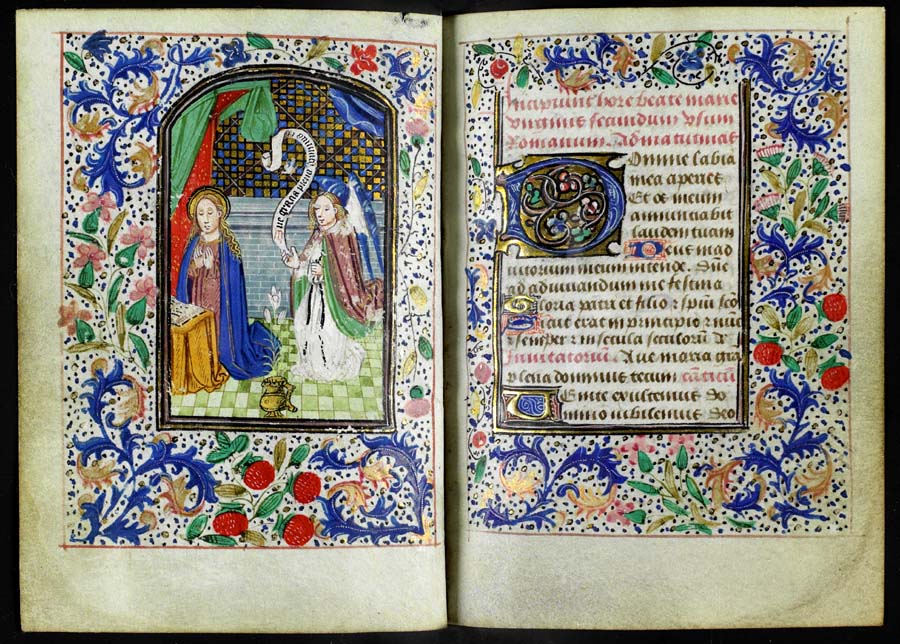
hope
Guests
wendijane
WendiJane WD is my name and I grew up with Michael
wendijane
WendiJane WD is my name and I grew up with Michael
wendijane
WendiJane WD is my name and I grew up with Michael
hope
Guests
spring jogging in style...

